Werbung ist ein riesiger Text im öffentlichen Raum, aber kaum jemand wird ihn als Roman oder Sachbuch lesen – was ein wenig schade ist. Stattdessen nehmen wir die Tyrannei des Marketings als notwendiges Übel im Schwungrad des Konsums hin, mit der Folge, dass unsere diesbezügliche Ignoranzkompetenz ein beachtliches Ausmaß angenommen hat.
Um dieser Missachtung entgegen zu wirken, steige ich seit 2 Jahren regelmäßig vom Fahrrad und fotografiere die Plakatwerbung in der Stadt ab. Dabei folge ich dem schönen Büchlein »Das Gute in den Dingen« von Emanuele Coccia, der darin den reizvollen Vorschlag macht, die Waren und ihre Werbung als DAS Gespräch zu verstehen, in dem sich die Gesellschaft über ihr Wahres, Gutes und Schönes verständigt. Coccia sieht die Waren als »eine immense ikonische und konzeptuelle Reflexion der Welt und ihrer Elemente und damit zugleich des menschlichen Glücks, seiner Formen und Möglichkeiten.« Die Werbung inszeniert das Leben im Sollzustand, in den sie die Produkte und Dienstleistungen einbettet.
Als Ausstellungsort der Waren (Geschäfte) und als Fläche für Werbung (Plakate) kommt den Mauern der Stadt dabei eine besondere Bedeutung zu, denn sie sind das historisch konstante Medium, in dem die Gesellschaft seit Jahrhunderten mit und über sich kommuniziert. Daher liegt der fotografische Fokus auf der Plakatwerbung. Um die Ergebnisse ein wenig zu ordnen, poste ich die Claims in drei Teilen: 1. Wie leben? 2. Du bist okay und 3. Du brauchst Veränderung.
Der erste Teil präsentiert also Antworten auf die Frage »Wie leben?«. Die Werbung macht uns laufend Vorschläge, was zu tun ist, wie wir denken, fühlen oder handeln sollen. Naturgemäß kommt es dabei in der Breite zu riesigen Widersprüchen; allein schon das macht die Werbung zum einem aufschlussreichen Spiegel der konfligierenden Wertvorstellungen, innerhalb derer wir uns im Alltag zurecht finden müssen.
Die erste Hälfte der Bilder zeigt die Ansagen als reinen Text, d.h. ohne den Kontext der konkreten Werbung. Dieser Form zeigt um einiges klarer, mit welchem Motiv, Topos oder Mem wir angesprochen werden. Die zweite hälfte zeigt die Fotos, auf denen die Aussagen basieren.

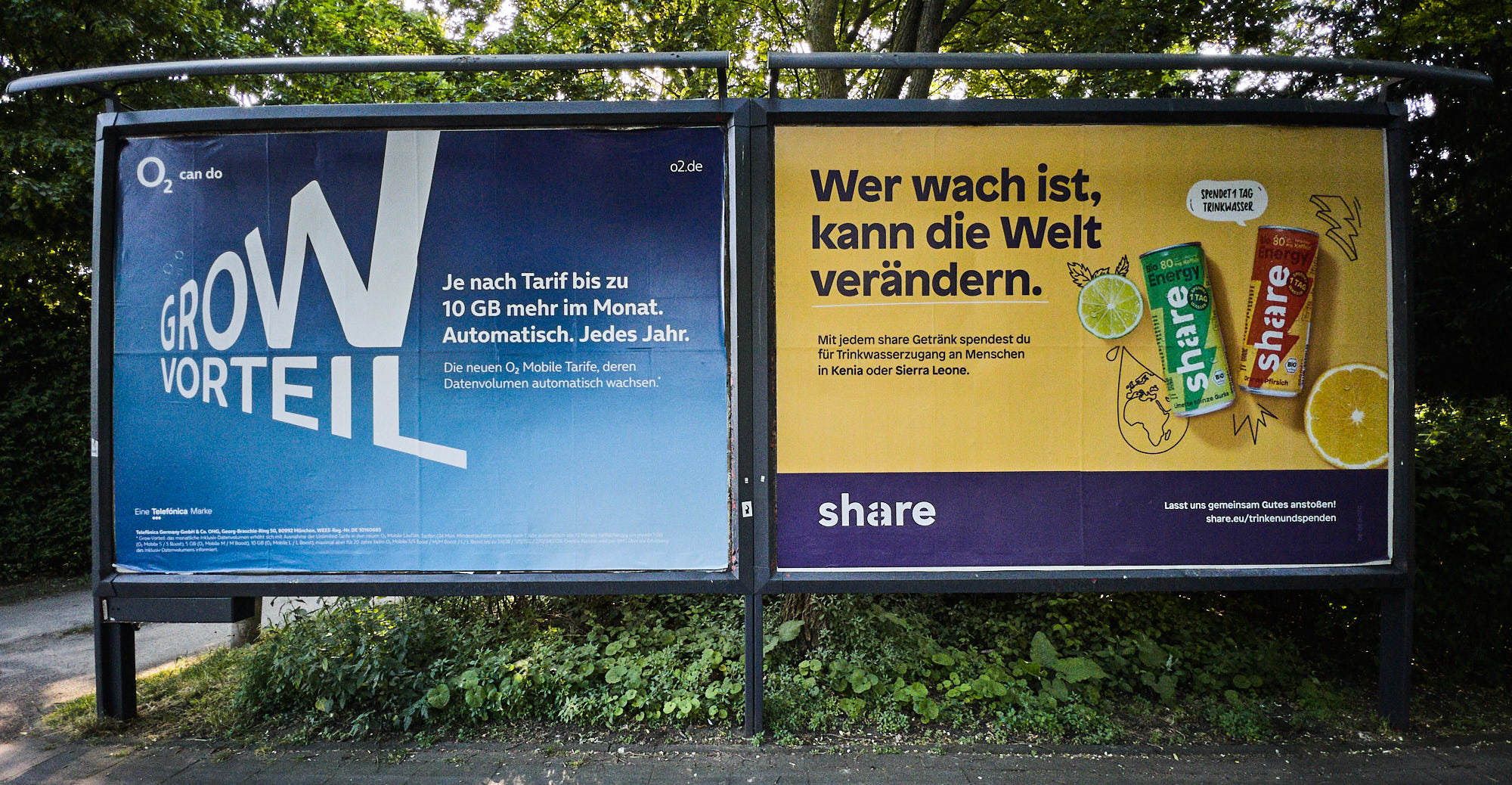
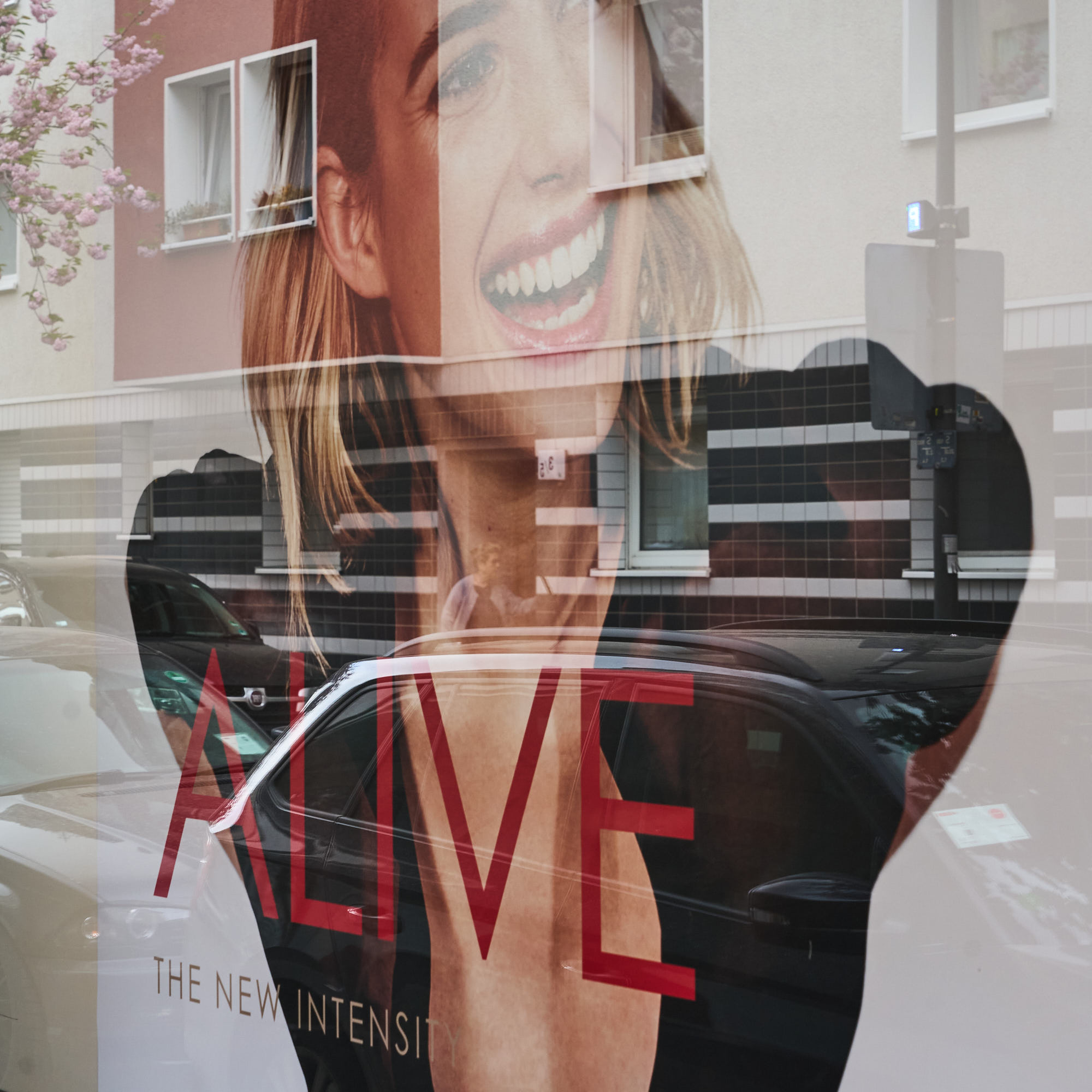
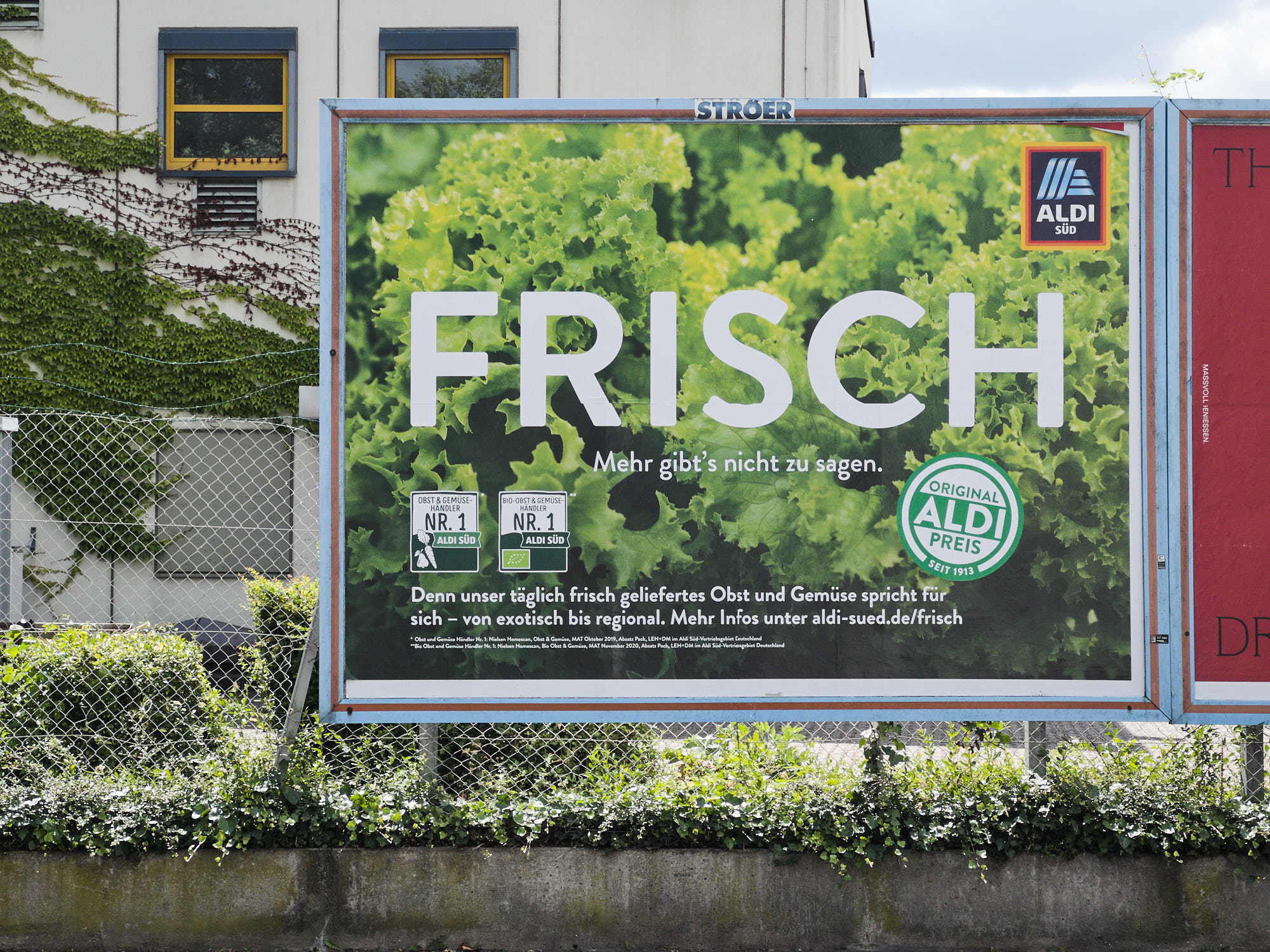

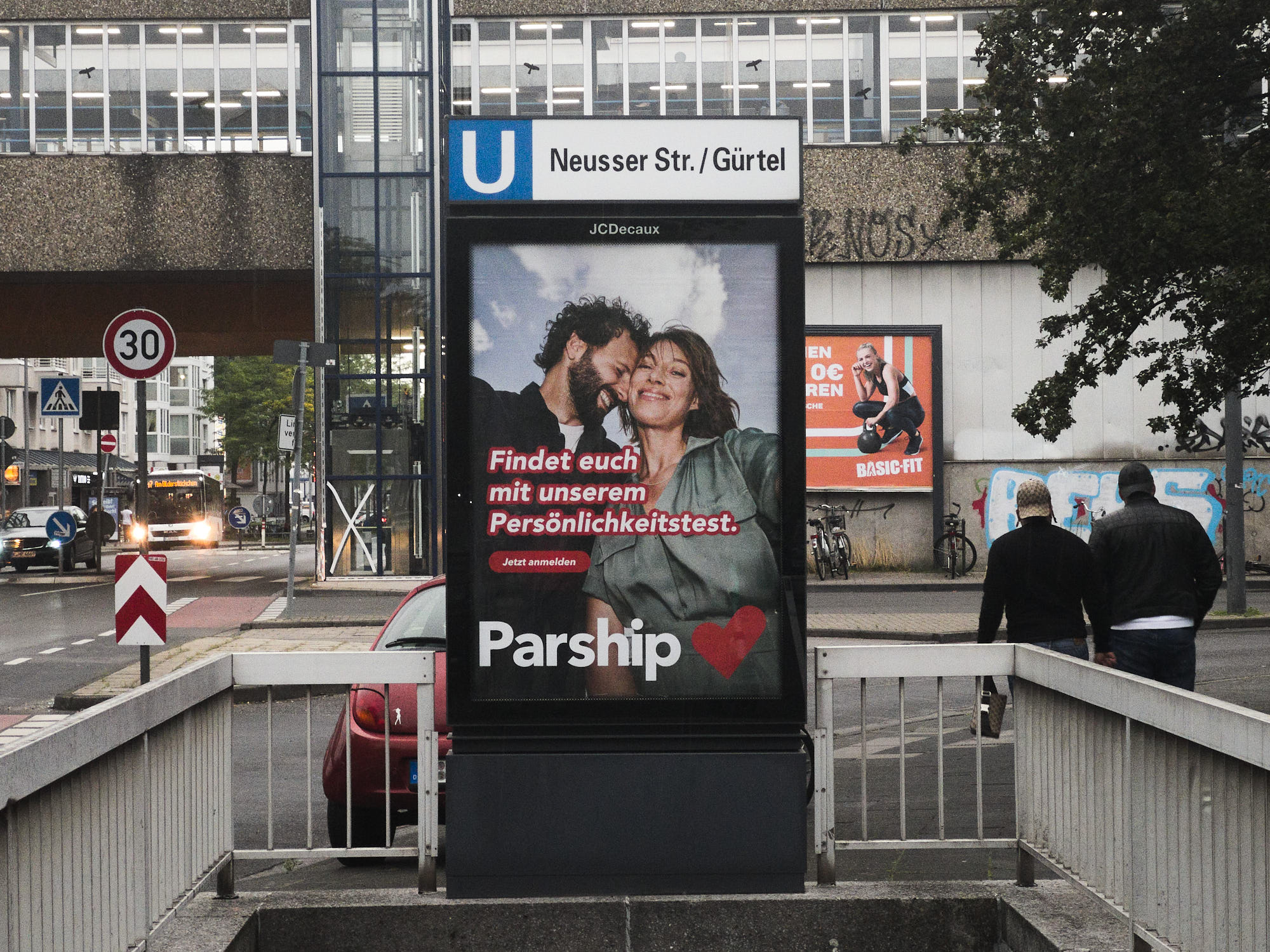

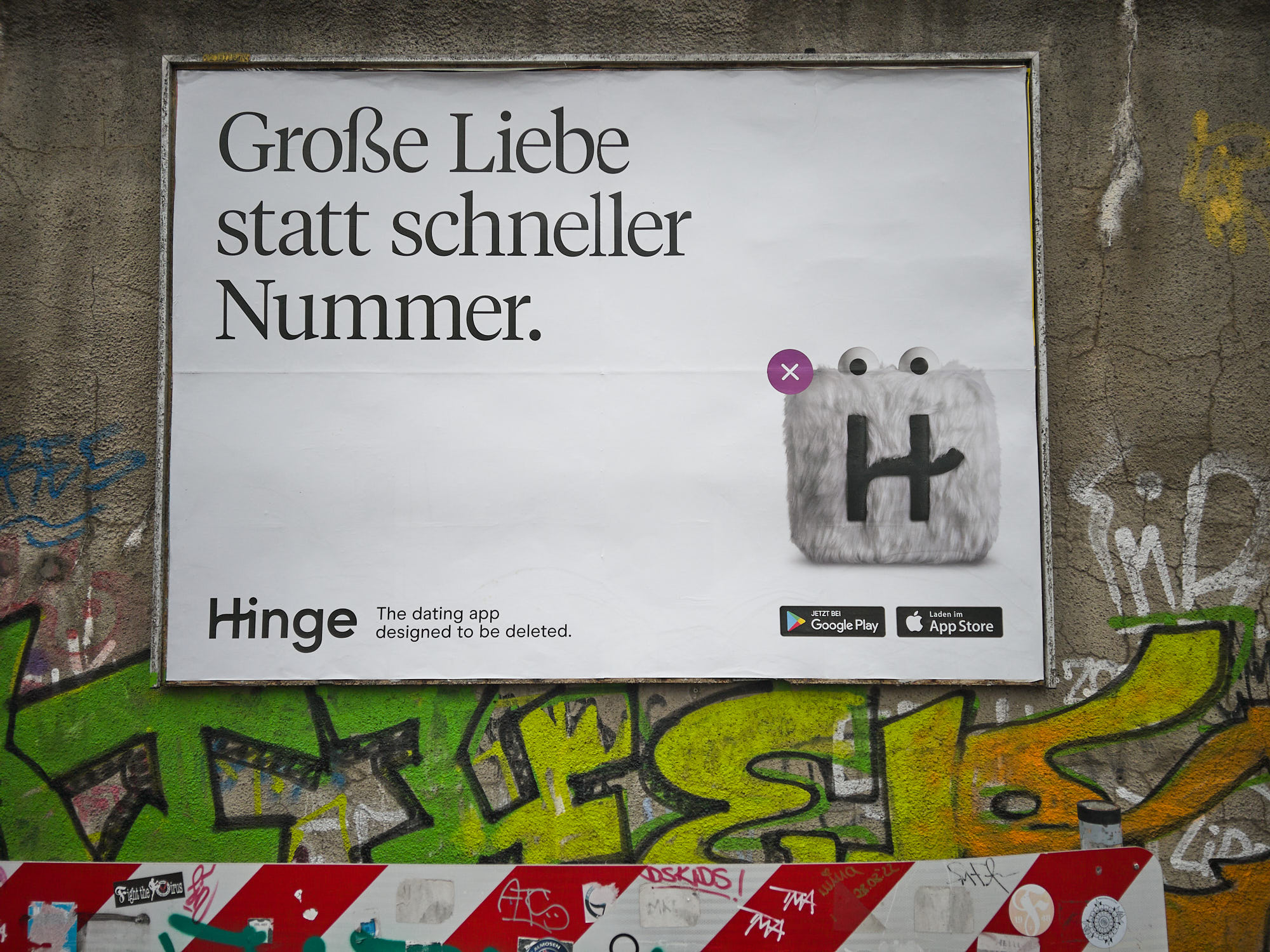
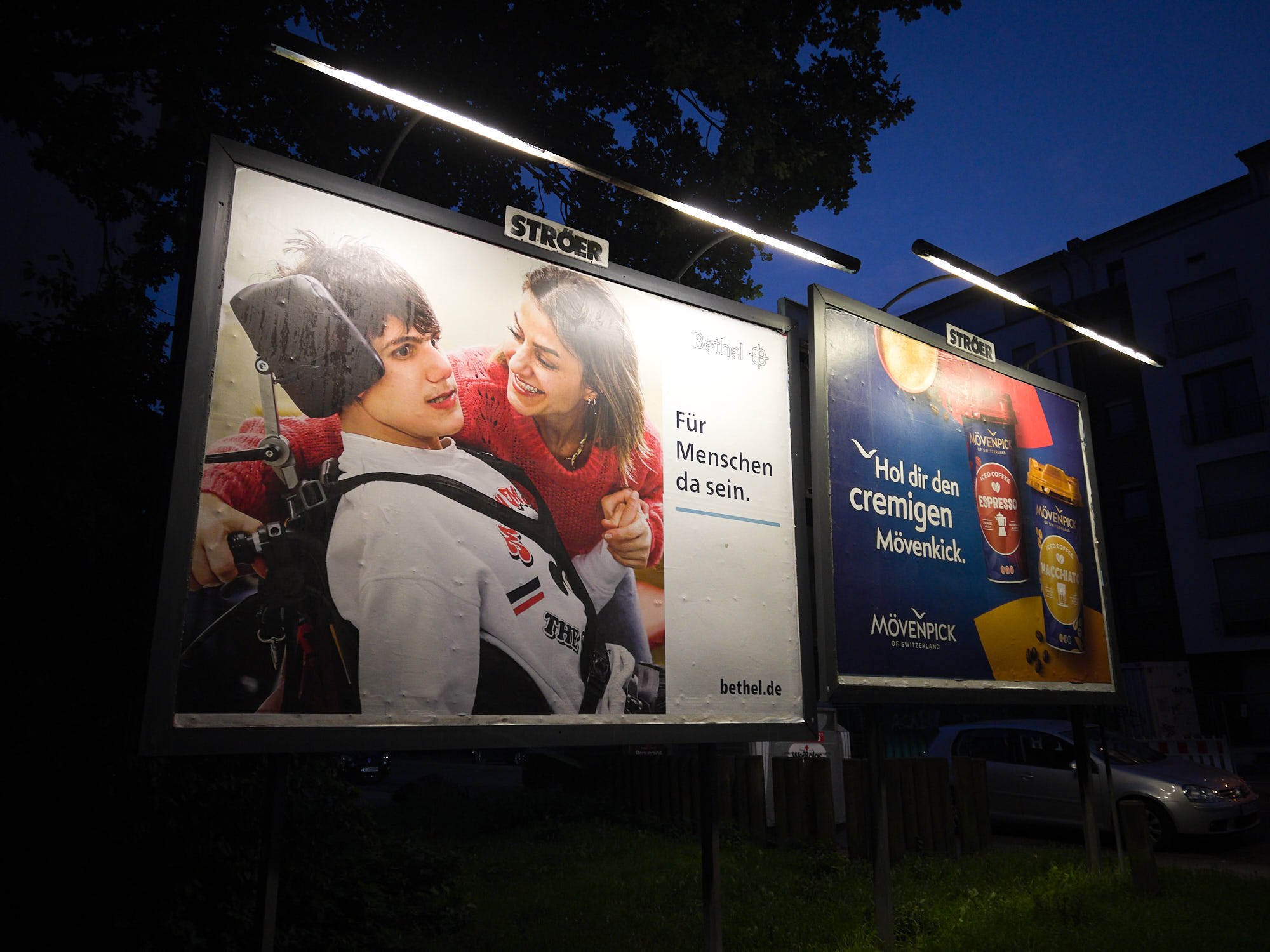
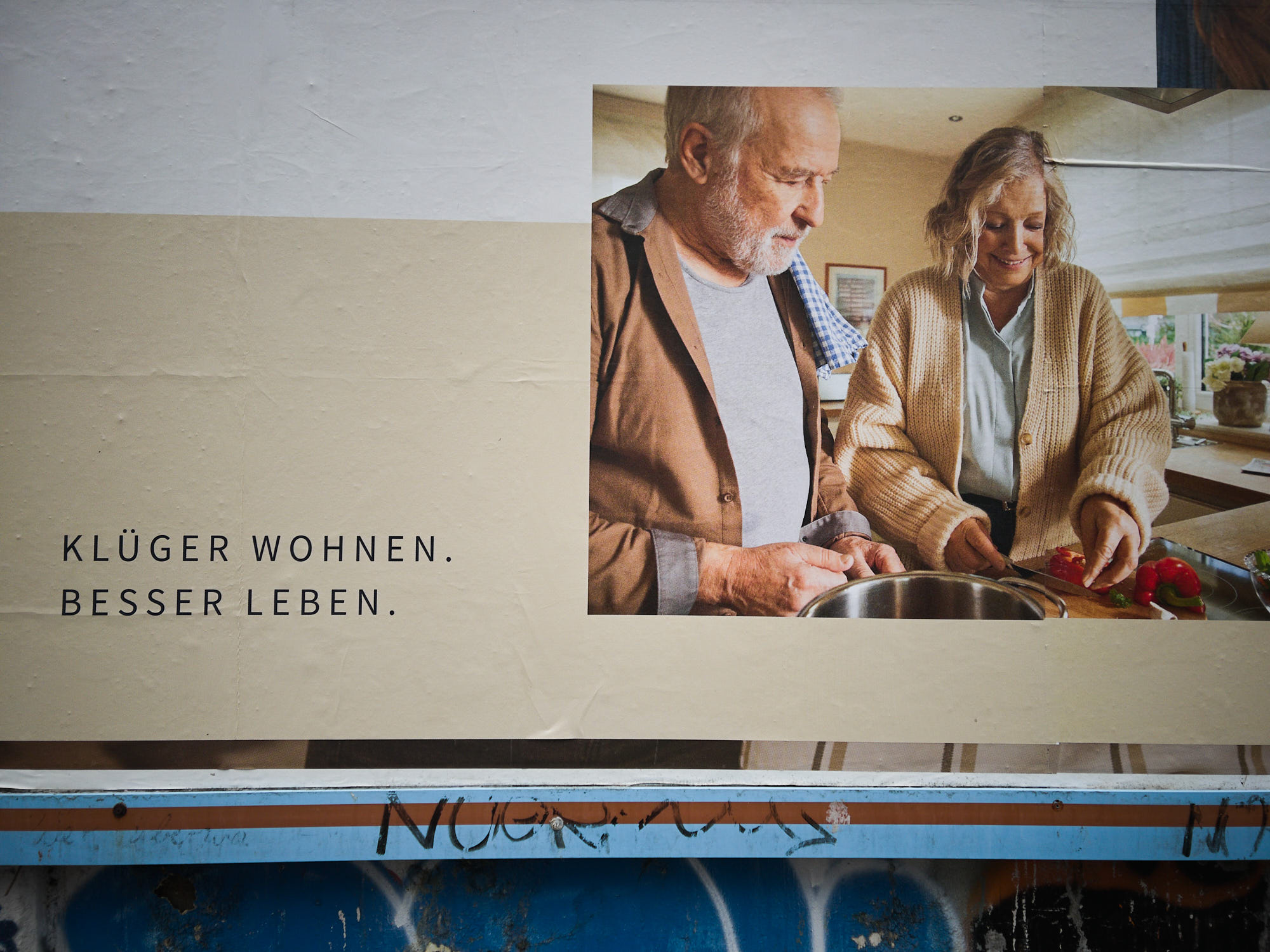
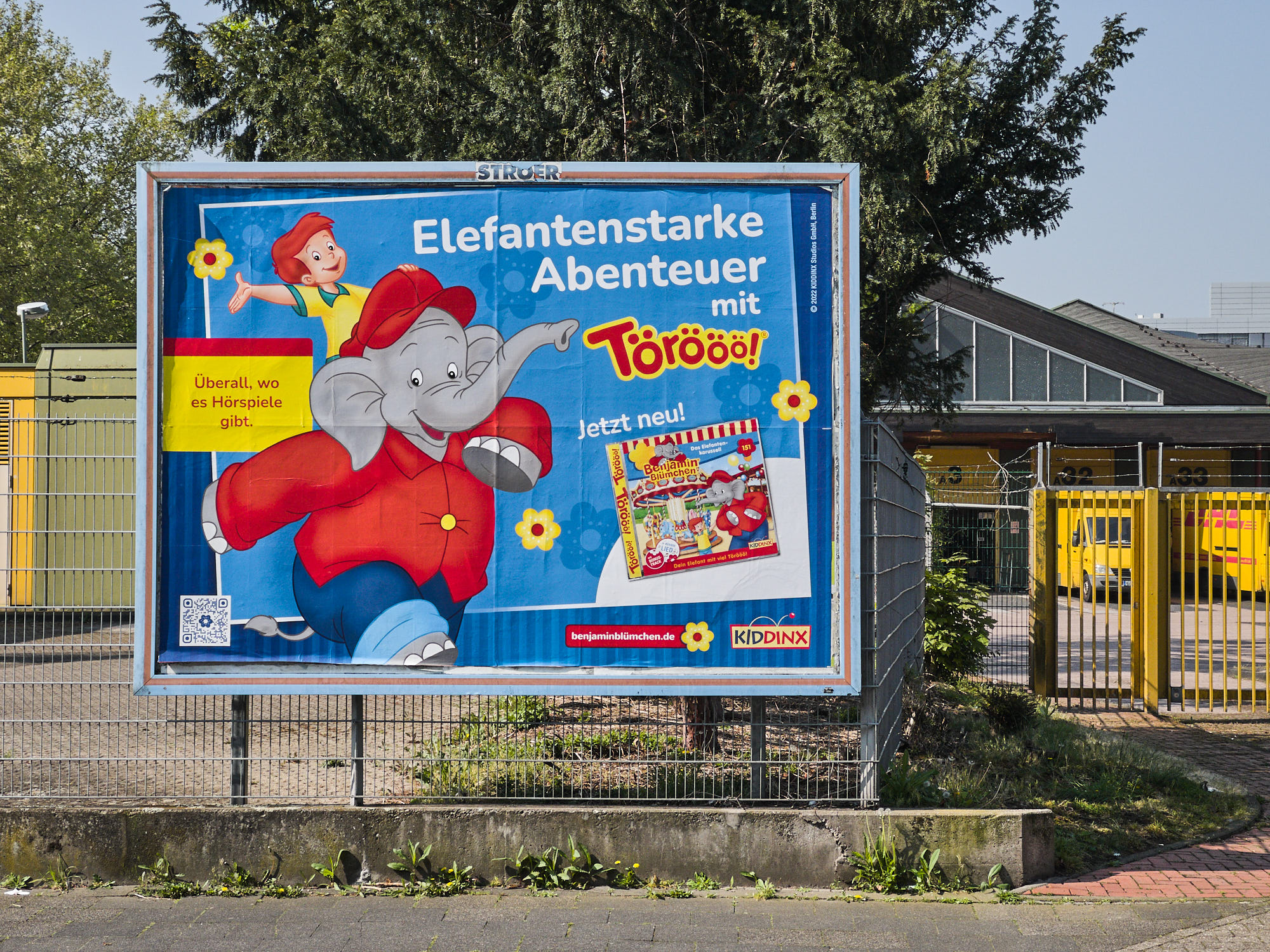

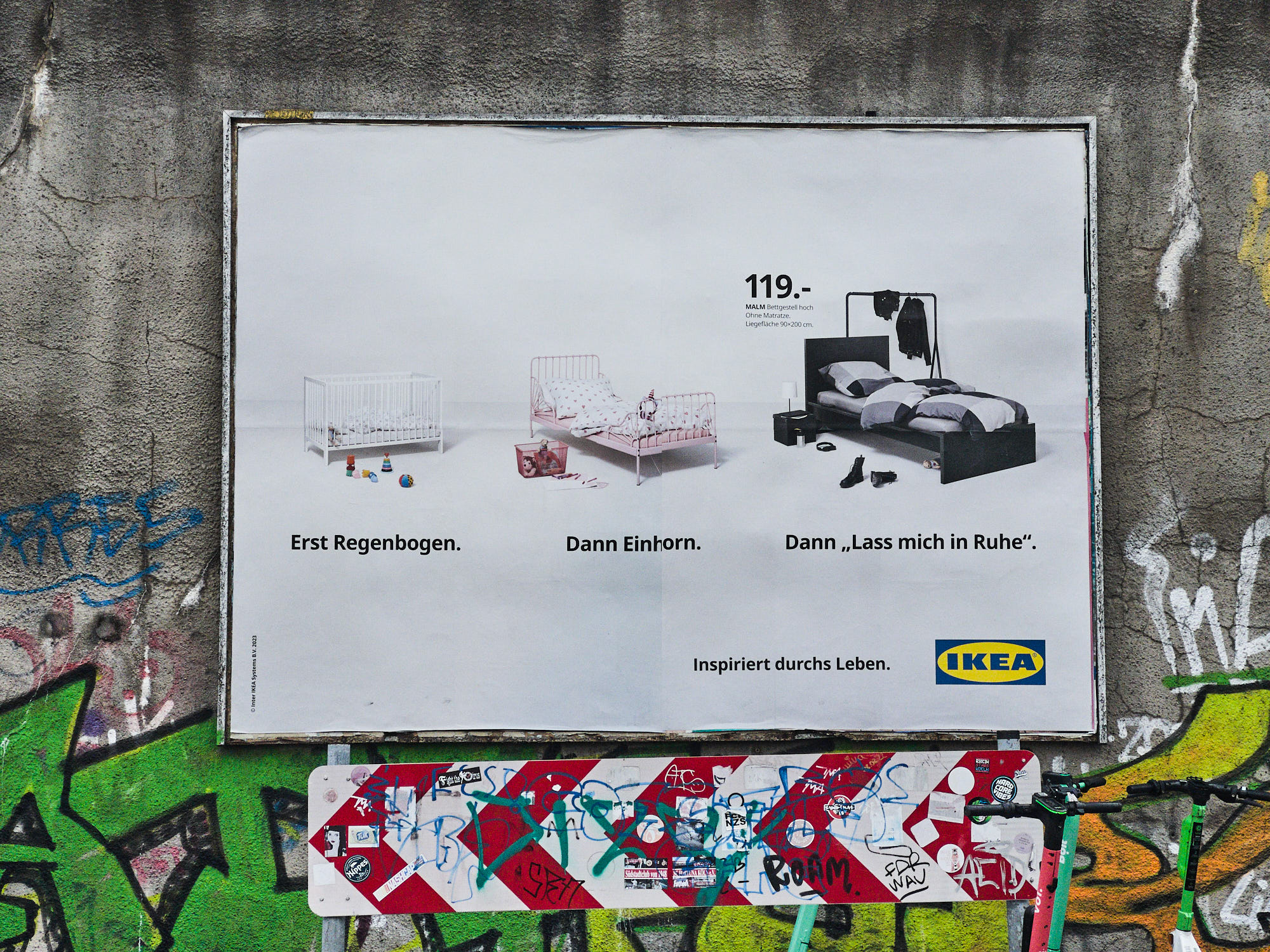
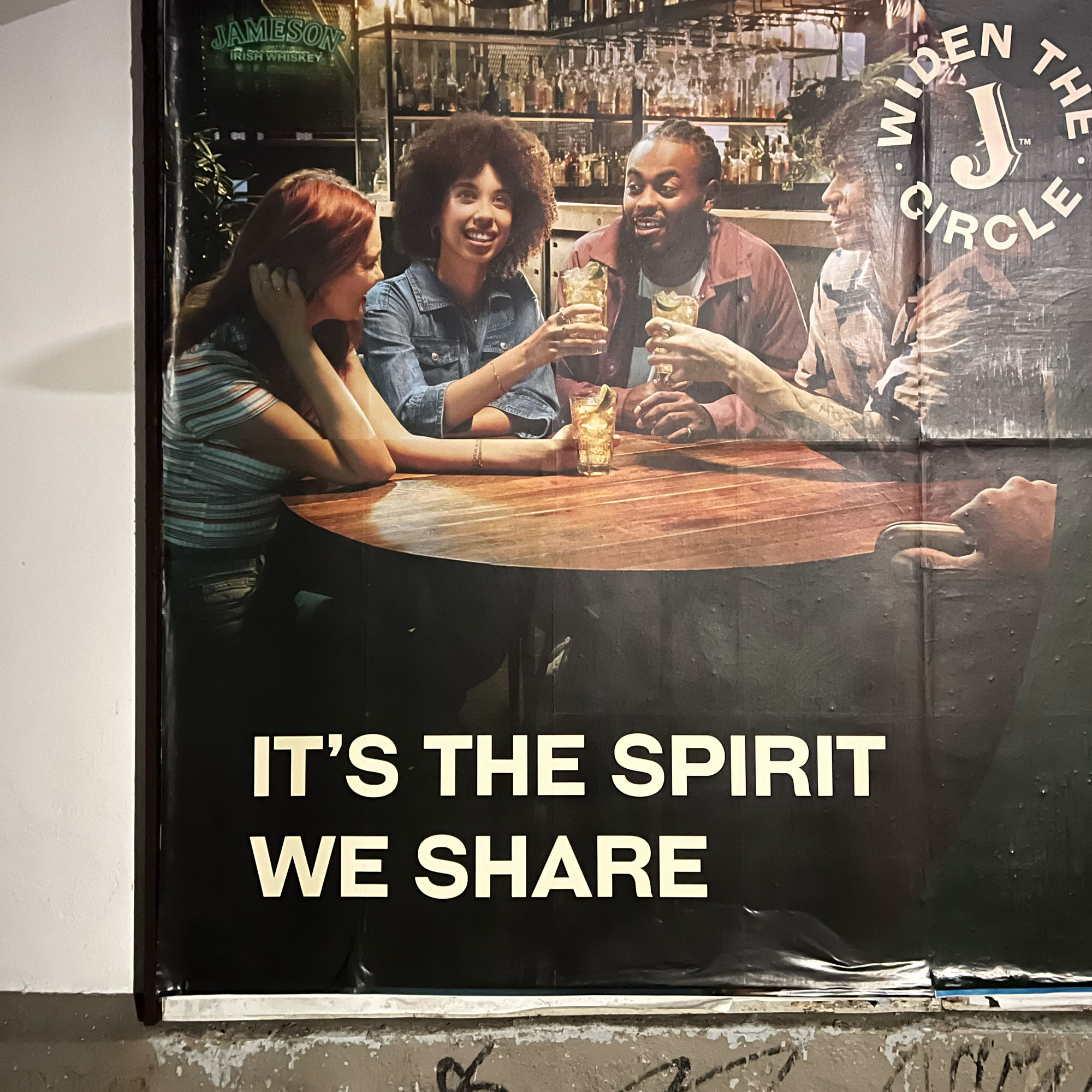

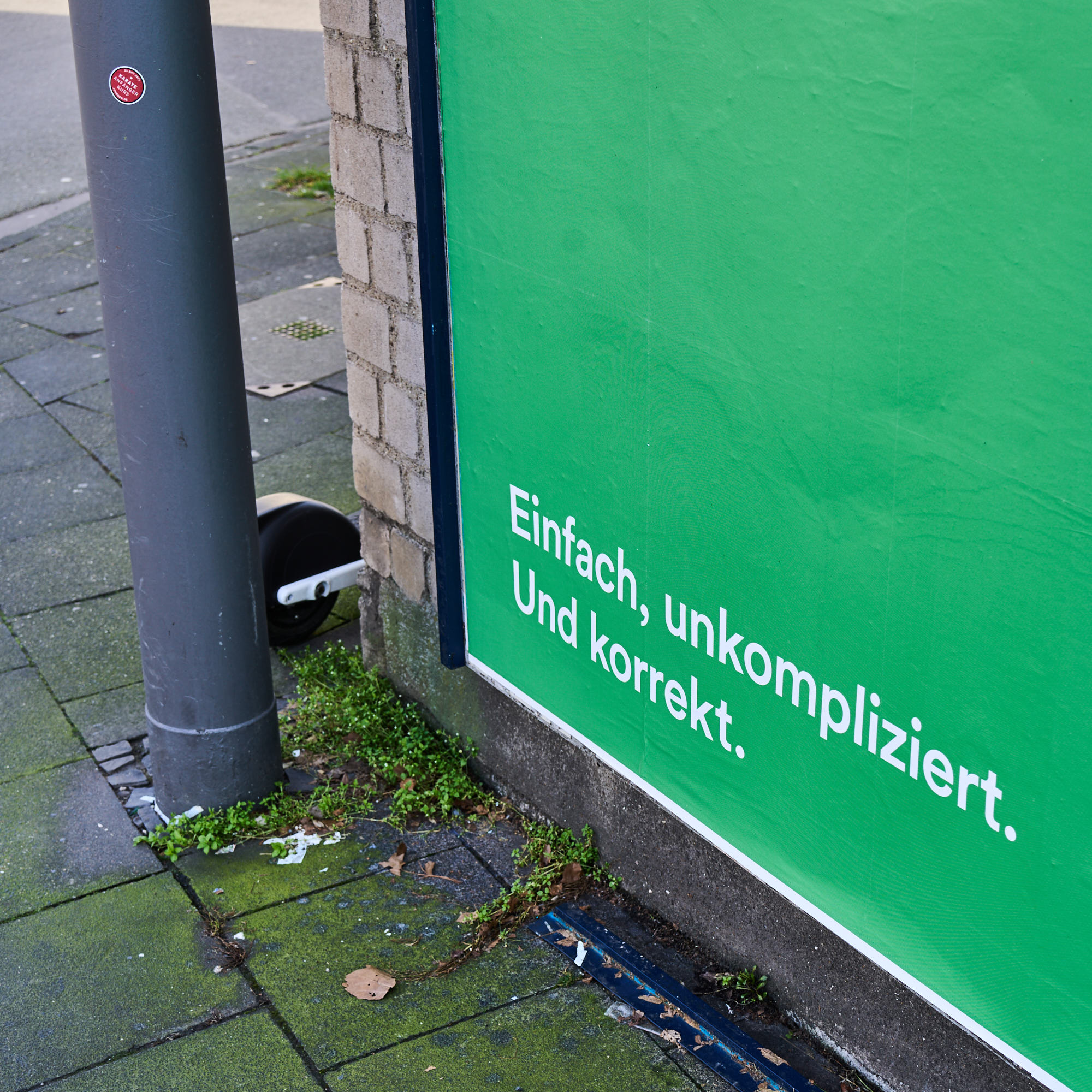

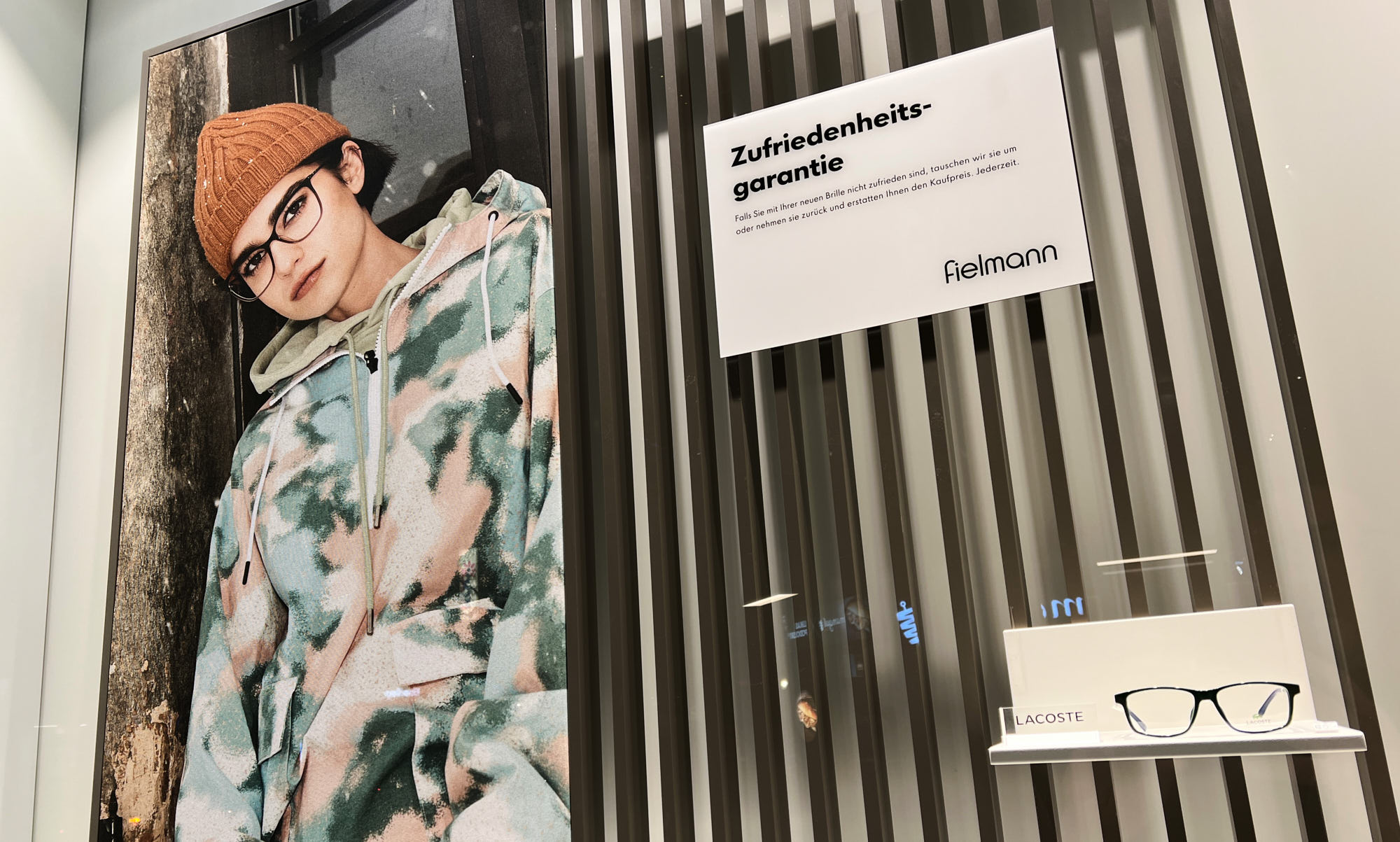
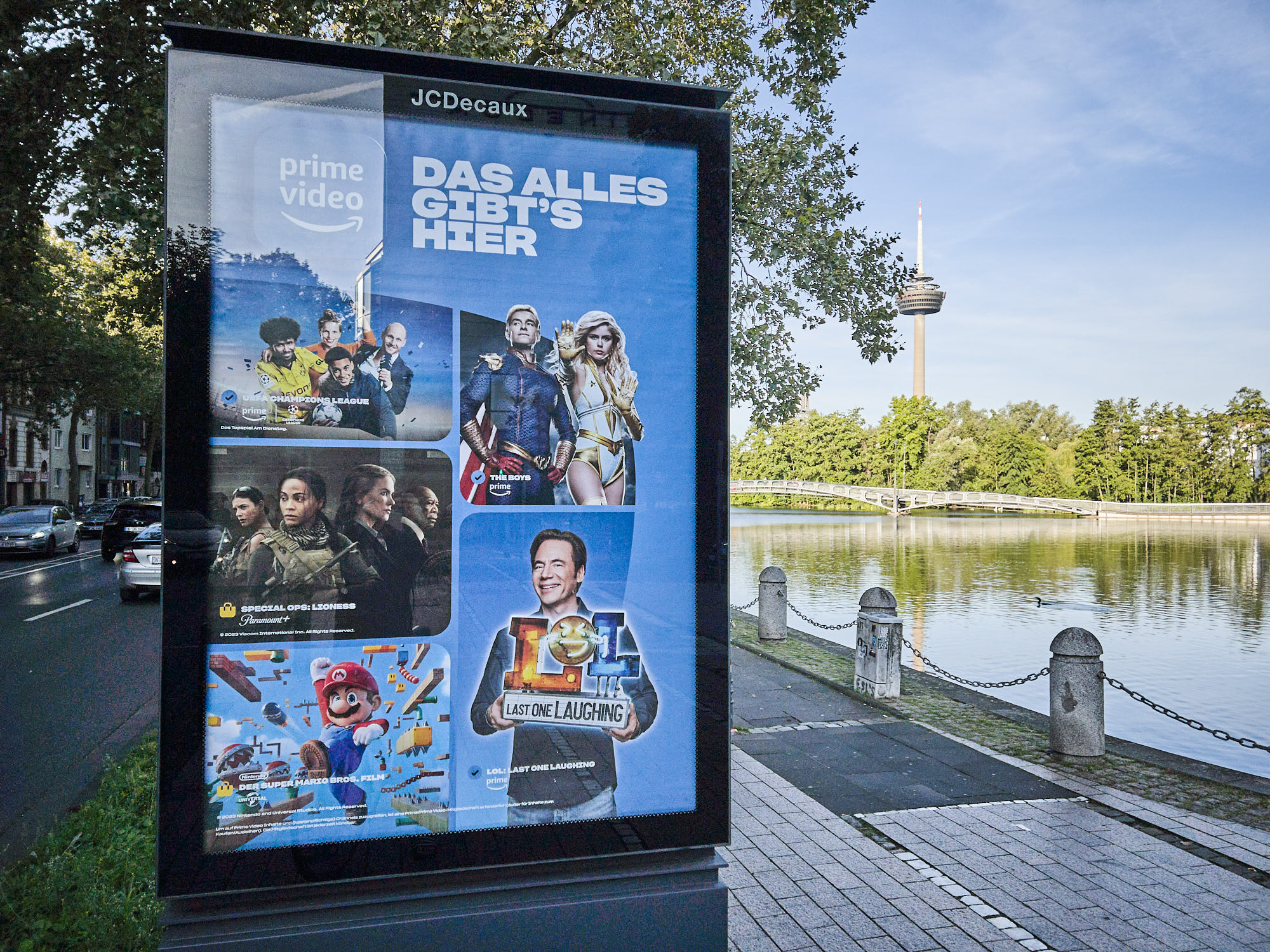


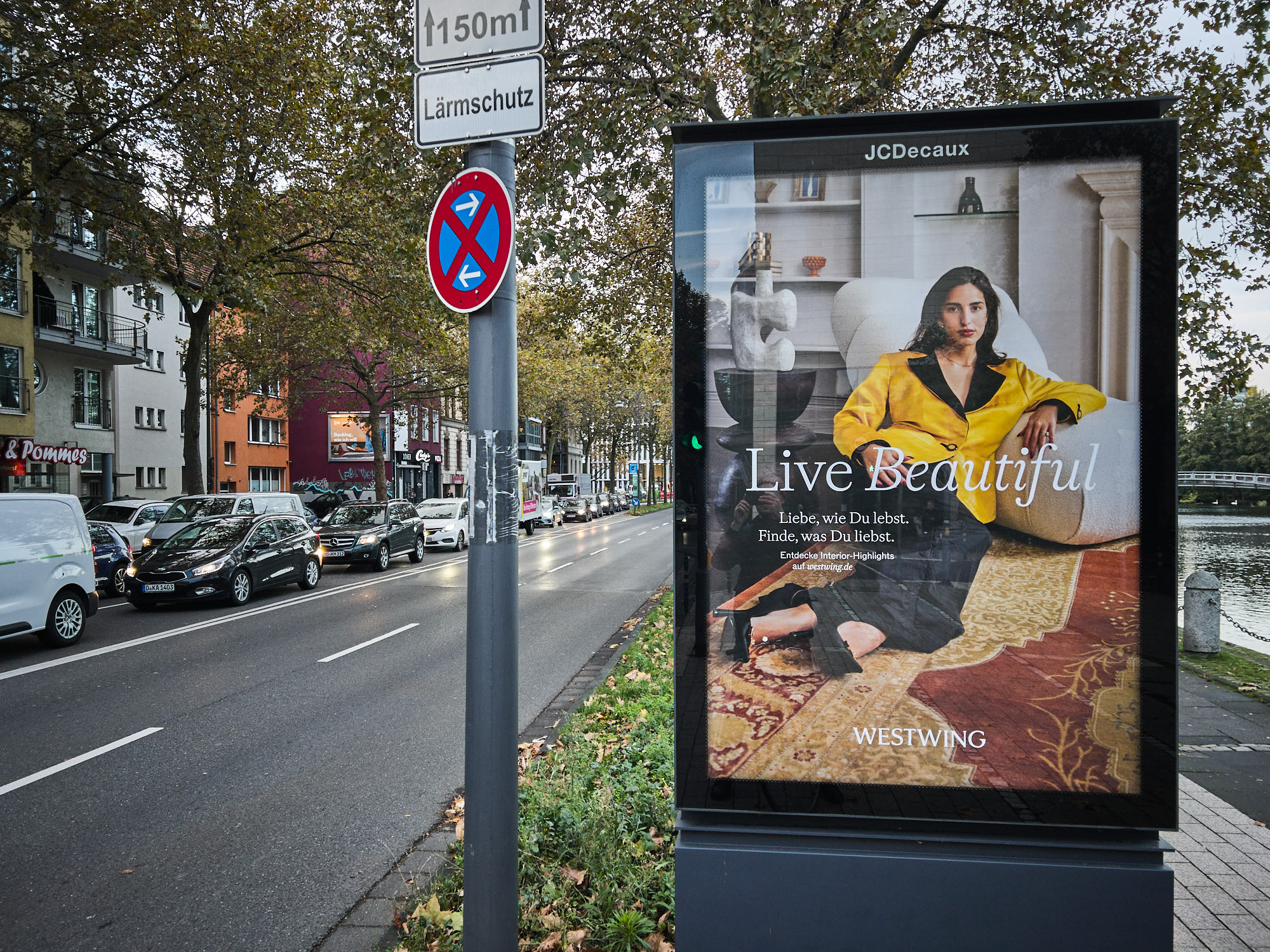
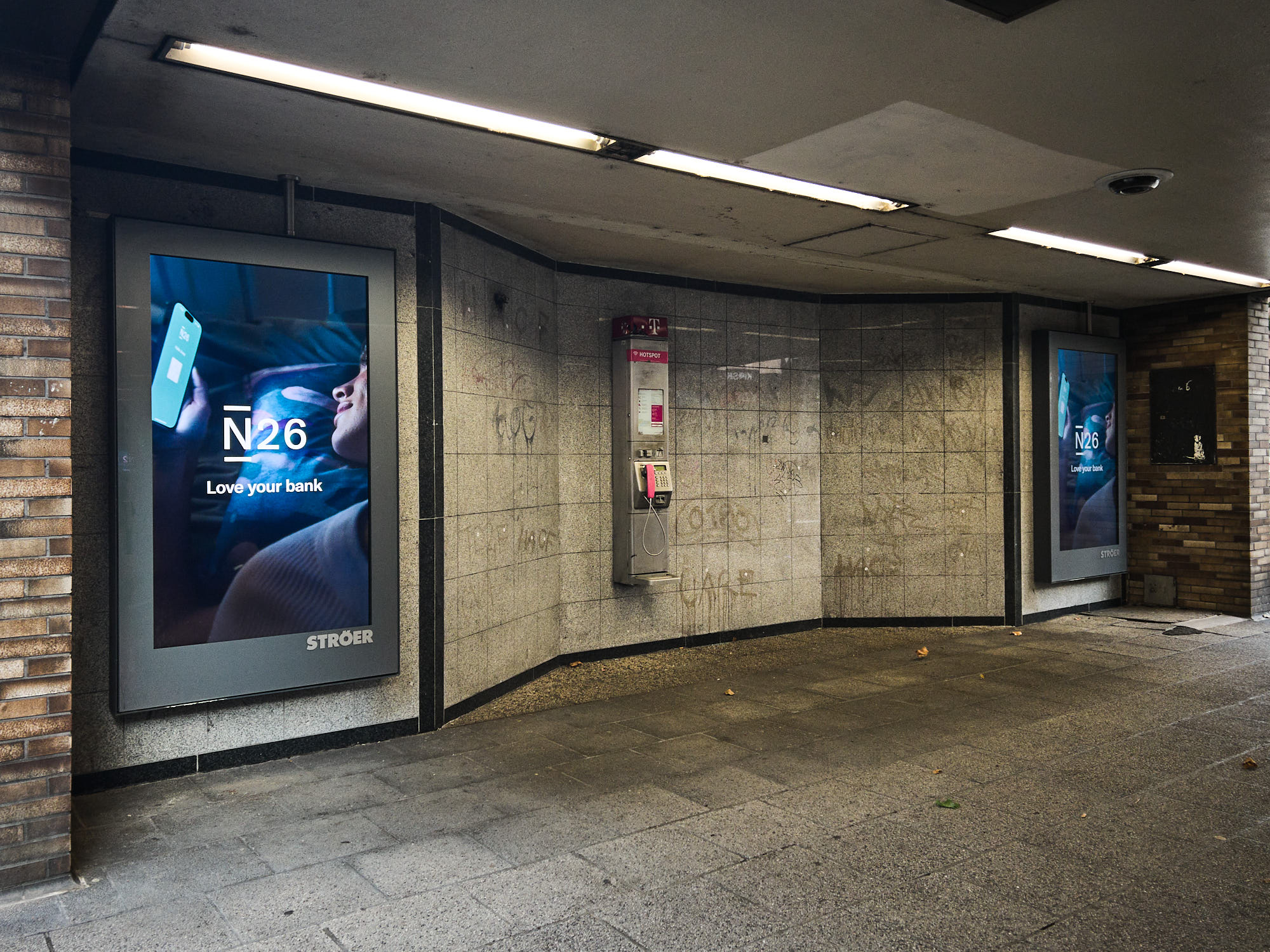


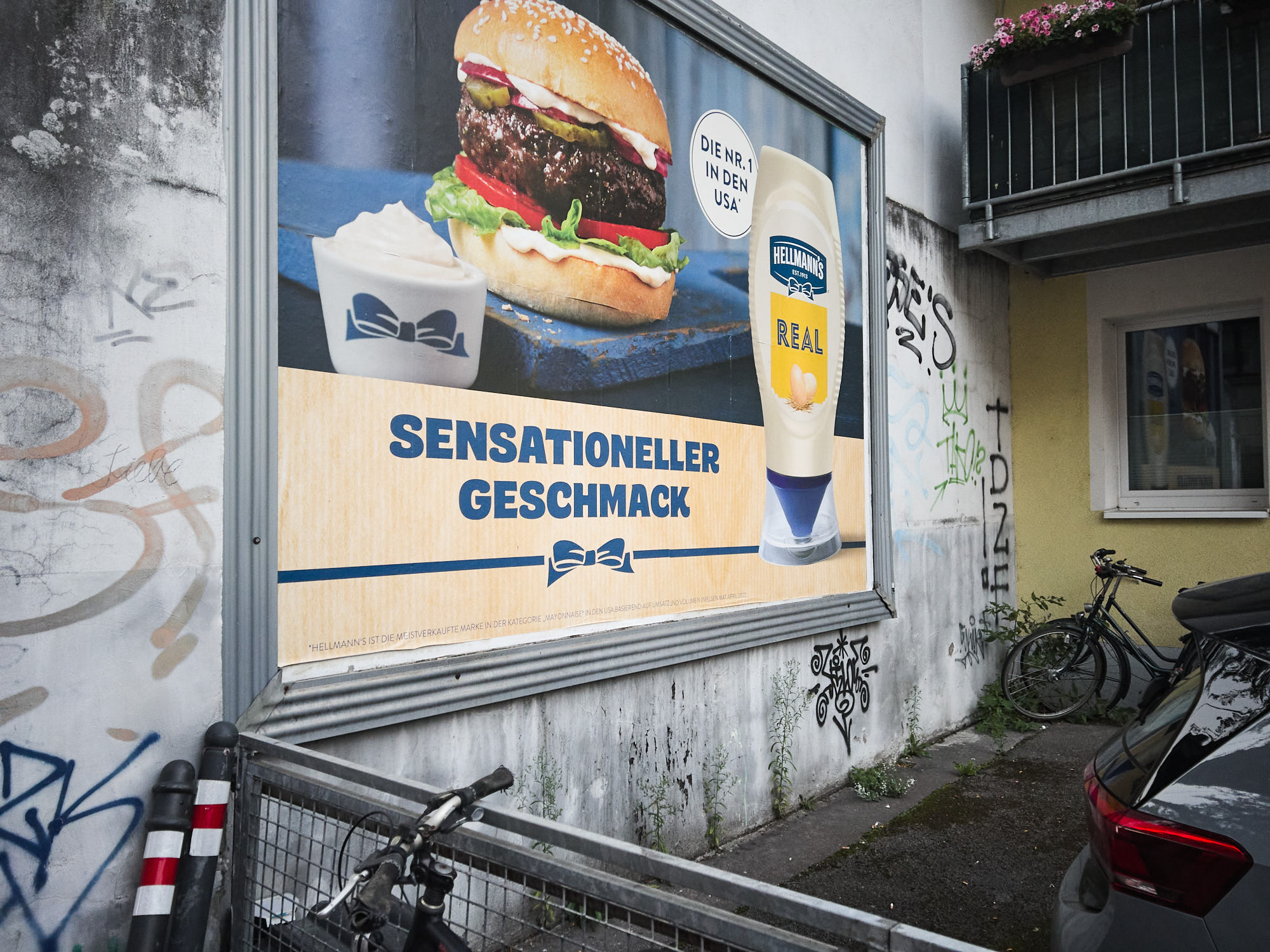

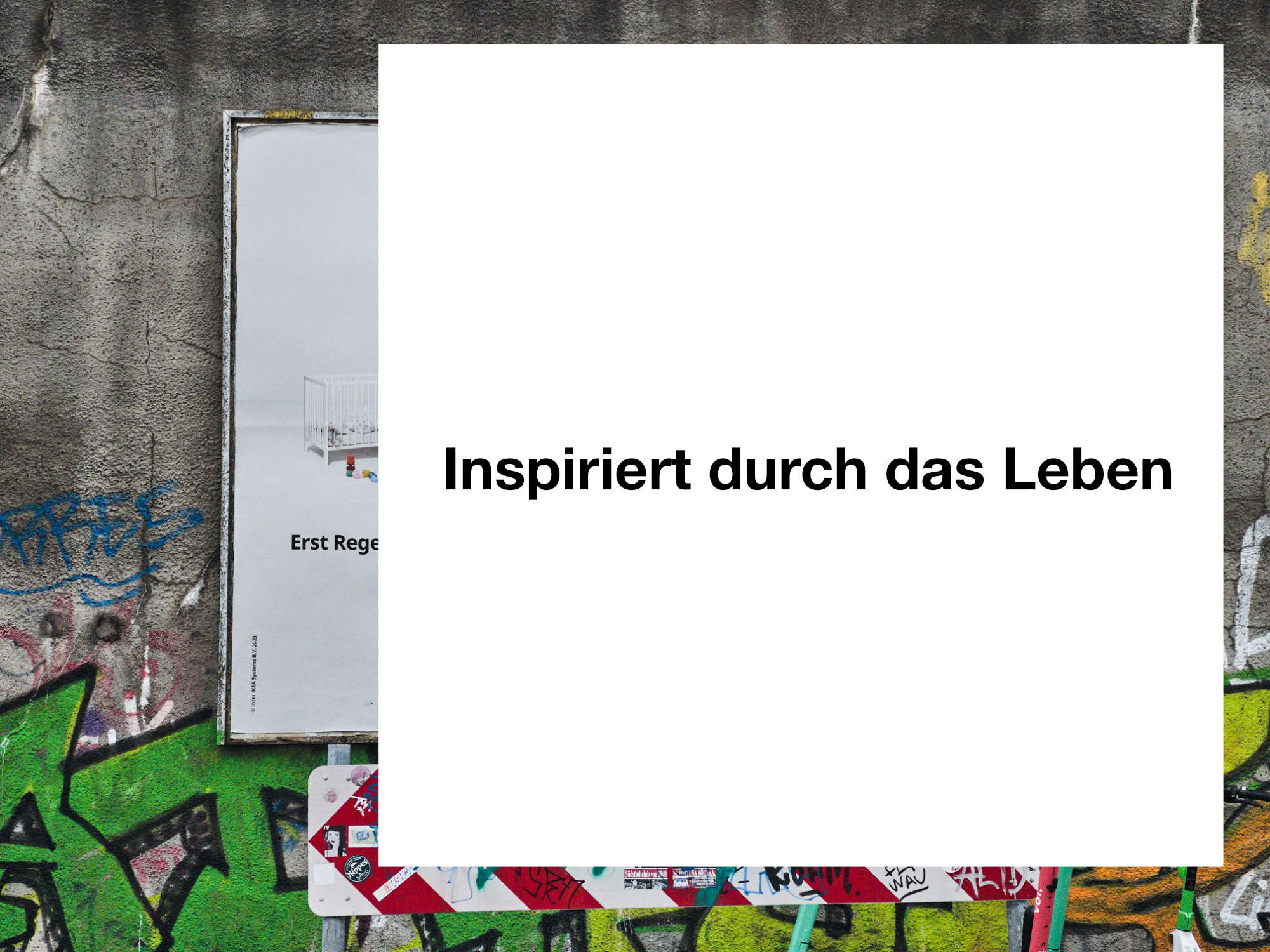
2 Antworten zu „Anweisung durch Werbung: Wie leben?“
[…] konkret aussieht, zeigt der zweite Teil der kleinen Reihe »Anweisung durch Werbung« (Teil 1 ist hier). Zur Erinnerung: alle Claims sind den städtischen Marketing-Flächen entnommen, die ich im […]
[…] Teil 1 (Wie leben?) und Teil 2 (Du bist okay) hier die dritte und letzte Gruppe von Claims: Du brauchst […]